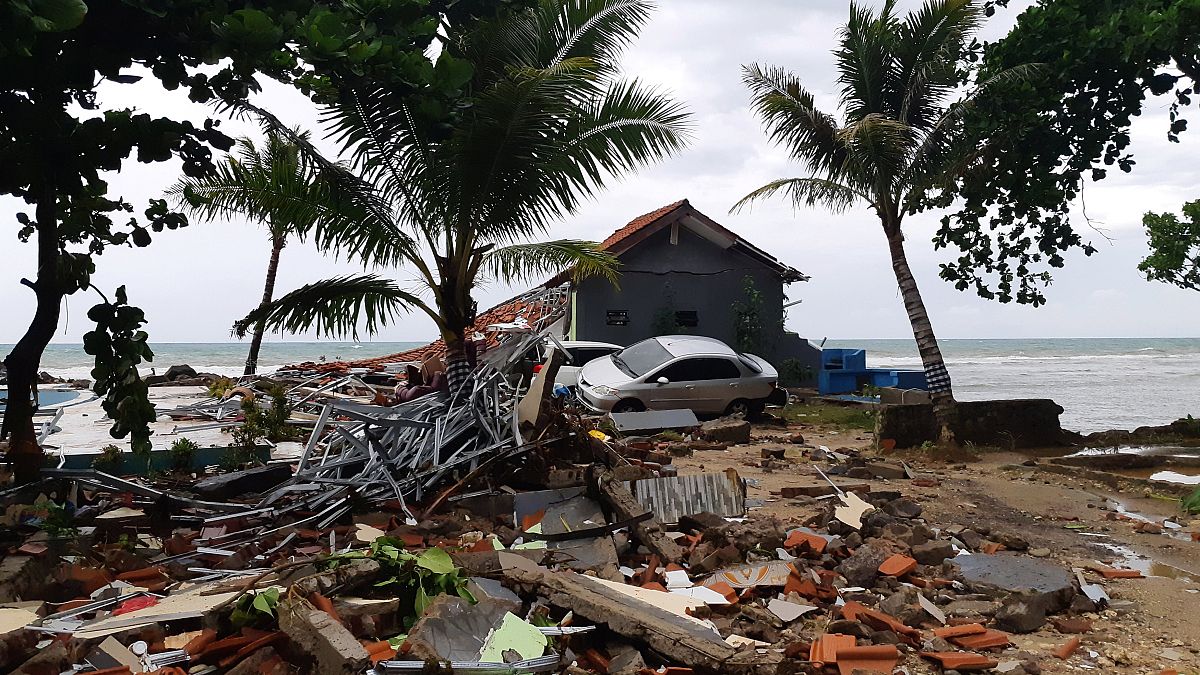Norwegian tells of Indonesia tsunami escape as waves struck his hotel
A Norwegian who was in Indonesia when a tsunami hit said he had to run as the first wave reached the beach and the hotel he was staying at with his wife and son.
Øystein Lund Andersen from Bodo in Norway, said he managed to escape as the area around him in Anyer, West Java, filled with water, drowning cars.
"I managed to evacuate with my family to higher ground through forest paths and villages, where we are taken care of my the locals. Were unharmed, thankfully," he posted to Facebook.
Andersen, who is an employee of the Norwegian embassy in Jakarta, said that the first wave was not that strong and he was able to run from it. But the second wave was much larger and he and other people at the hotel escaped to a forest on higher ground.
More than 280 people have been killed after the tsunami hit the Sunda Strait in Indonesia on Saturday, according to authority reports.
The waves struck with no warning, destroying many buildings.
Authorities are looking into the cause of the tsunami. There are ongoing investigations into whether it was caused by a volcano on the island of Anak Krakatau in the Sunda Strait, which has been active in recent months.
READ: Indonesia tsunami: At least 222 people killed by waves 'triggered by volcanic eruption'
Sutopo Purwo Nugroho of Indonesia's disaster agency initially said in a statement on Saturday that the wave was not a tsunami but a tidal surge telling people not to panic.
But he apologised for the mistake in a later statement saying there was confusion as there were no earthquakes.
Gegar Prasetya, co-founder of the Tsunami Research Center Indonesia, said the waves were likely caused by a flank collapse — when a big section of a volcano's slope gives way. He said it's possible for an eruption to trigger a landslide above ground or beneath the ocean, both capable of producing a tsunami.
"Actually, the tsunami was not really big, only one meter," said Prasetya, who has closely studied Krakatau. "The problem is people always tend to build everything close to the shoreline."
Laura Ngo-Fontaine of the International Federation of the Red Cross and Red Crescent Societies (IRFC) said volunteers are on the ground providing support and first aid and are expecting the number of casualties and injuries to rise.
"This is tragic and awful but the silver lining is that Indonesia has a lot of exteriors dealing with this disaster," she said.
